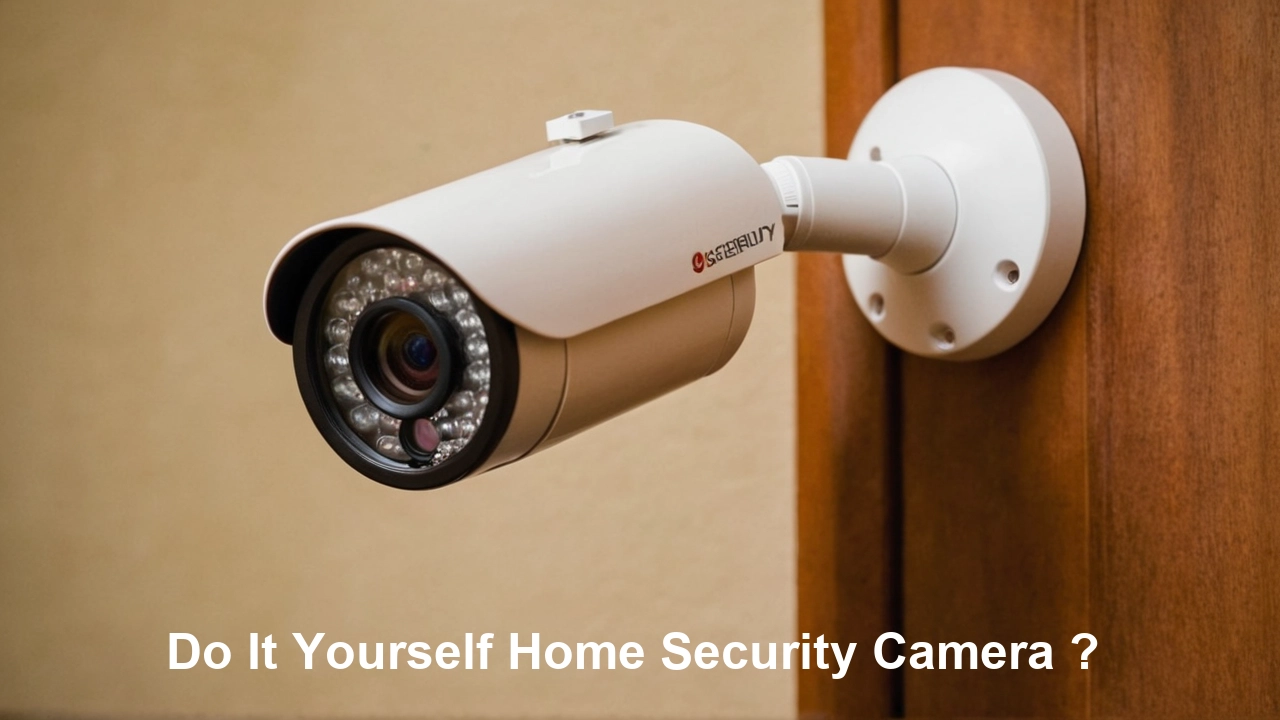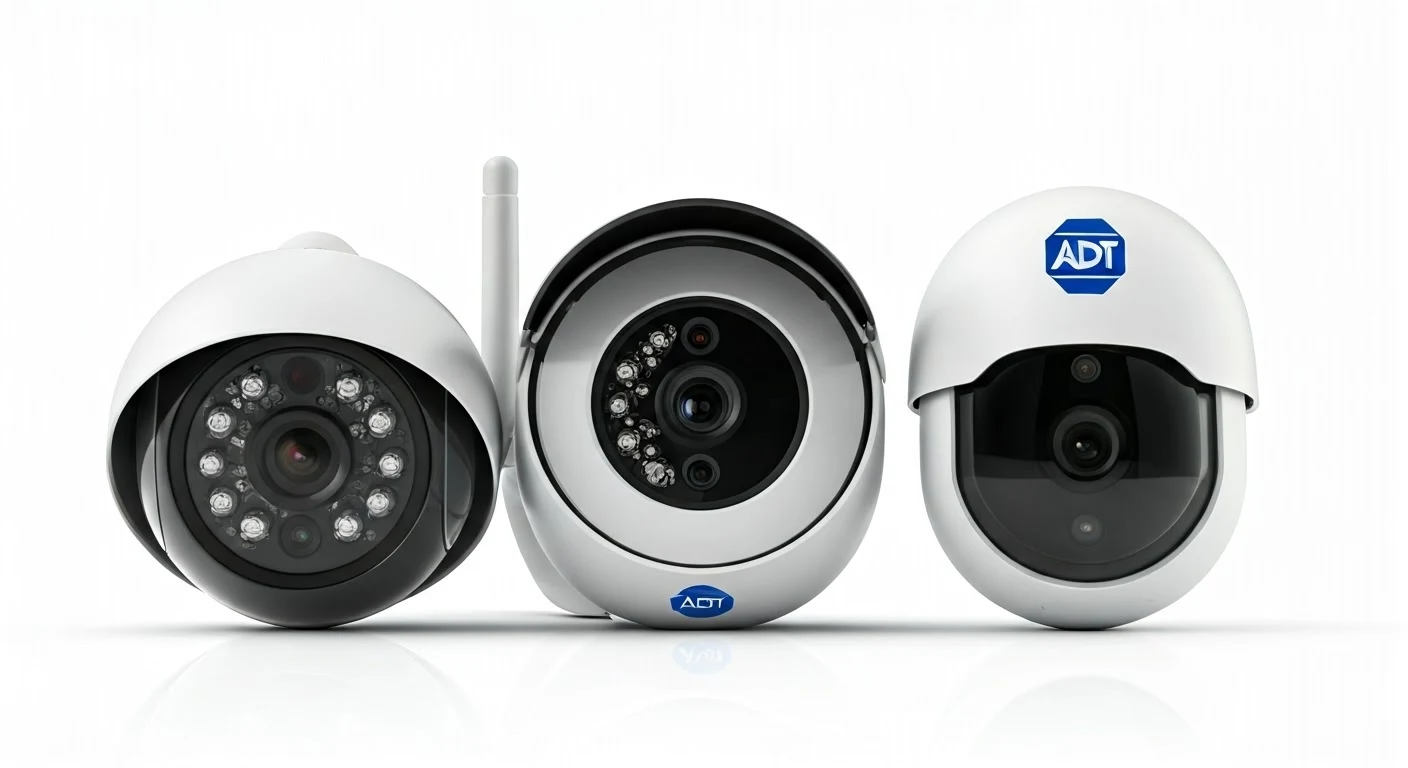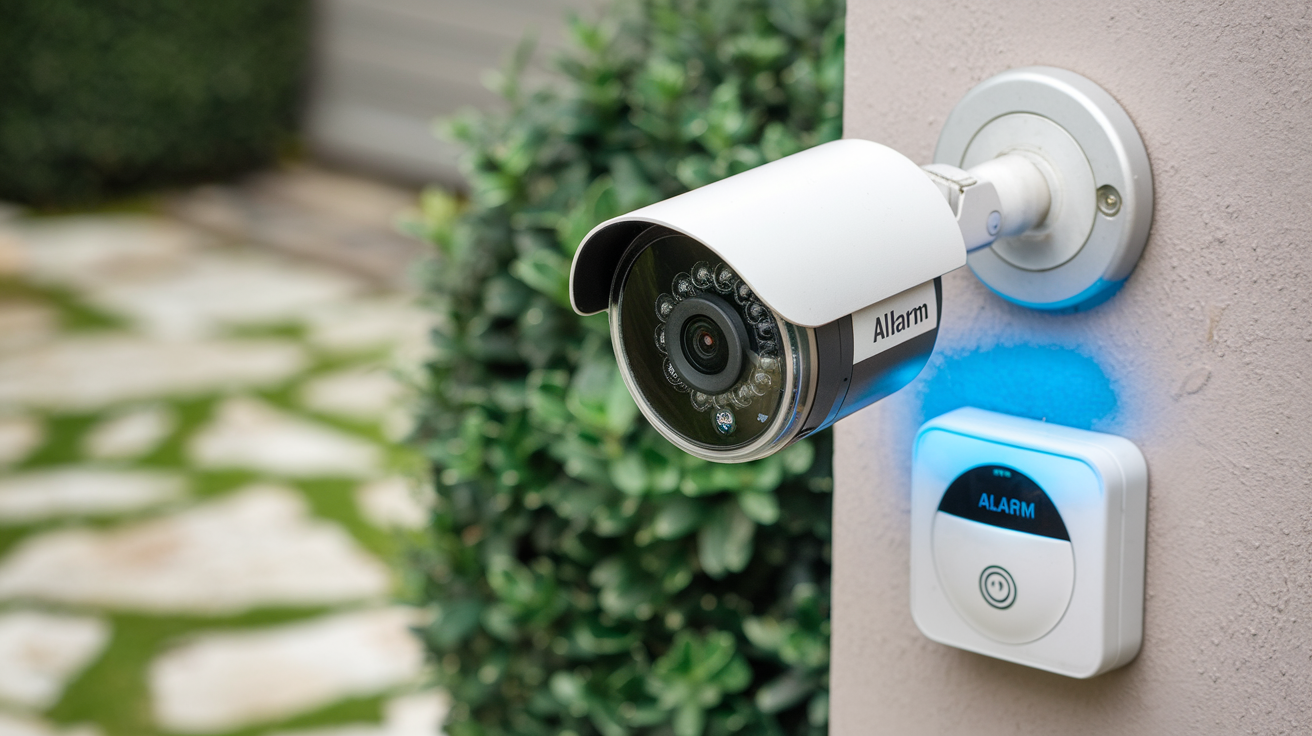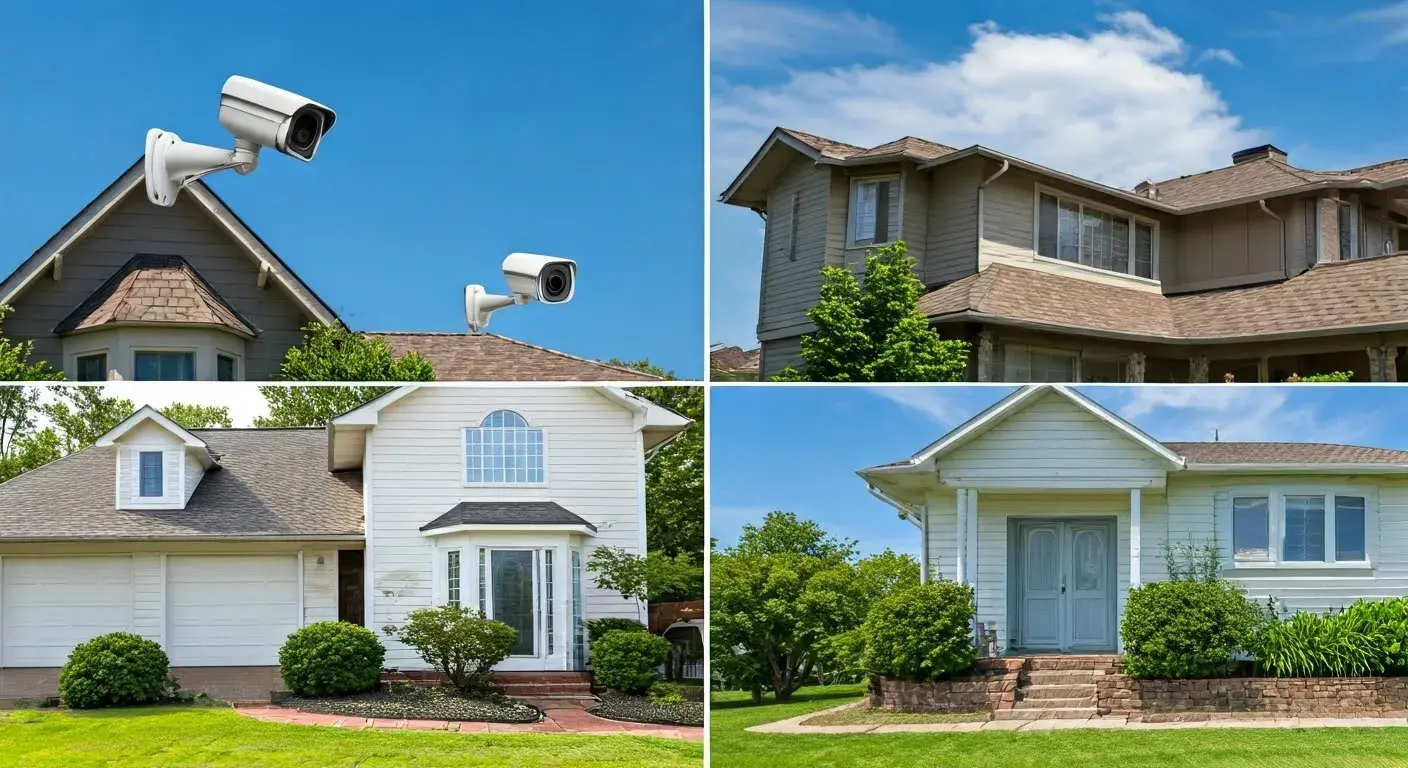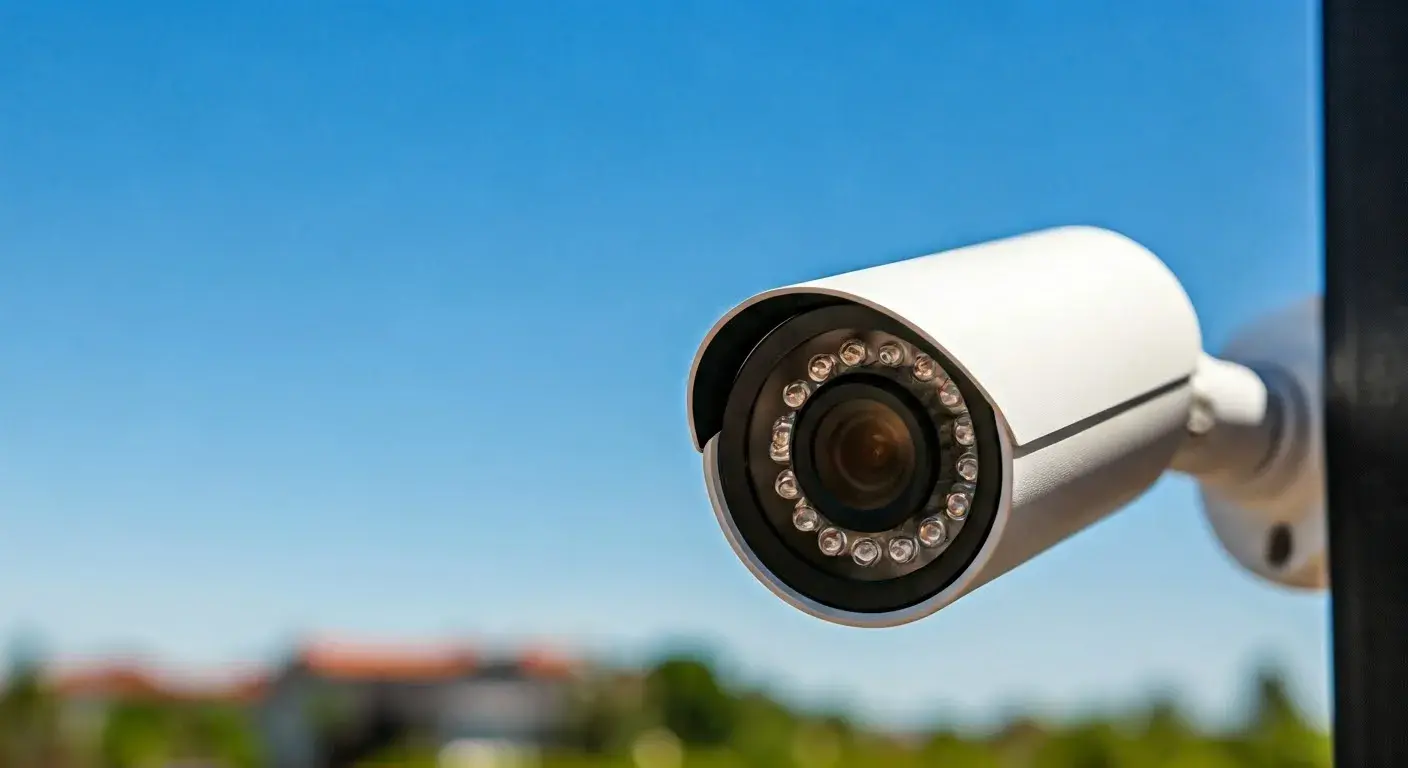Having a Home Security System camera system is also another good idea that can help in monitoring the house and its surroundings. Since there are DIY kits easily accessible in the market that means you can have a system of your preference without having to spend a great amount on installation.
The first step of negotiating is to figure out what you require. Are you looking for cameras that only cover certain areas, for instance, entryways, doors, and windows? Or do you prefer a broader vision to observe more significant territories? Incorporate lighting, range of connectivity if wireless cameras are involved, and whether or not the surveillance camera is for indoor or outdoor use. This will enable the elimination of certain models of cameras and positions of mounting.
Wired or Wireless security cameras
Wired Best Security Cameras are connected to the router using a wired cable that is ethernet. This ensures consistent connectivity although the implementation involves pulling cables to where the cameras are fixed. Wireless cameras use WiFi to transmit data and offer convenient wireless installation but can experience instability based on distance from the router and potential disturbances. The flexibility of wireless cameras with batteries and not wired is that they are completely portable but the disadvantage is that they need charging or battery replacement. More preference should be given to wired ones in places that do not require frequent rearrangement of the wires while in places that those that are wireless are easier to install and use.
Outdoor Security Cameras
Outdoor cameras are subjected to rain, snow, and sunlight hence they have to be built in a way that they can withstand such conditions. Some of the housings are domed or bullet-shaped which helps shield the equipment from direct sunlight or rain. Make sure that the camera is listed for an IP weather resistance rating for rain and other moist conditions. More power sources available are through an outdoor rated ethernet cable, wireless signal, and solar-charged battery units. Positioning it close to soffits or under the eaves offers even better protection from the weather.
Indoor Security Cameras
Outdoor cameras are weatherproof while indoor cameras need not be and if they are visible should blend with your house. CCTV dome cameras have a low profile while other cube camera types camouflage as speakers or books. Mini cube designs afford private observation ideal for places such as offices, nurseries, and living areas. Charge indoor cameras using a socket close to them or via POE ports from your router.
WI-Fi Connected Security Cameras
WiFi cameras require 2. 4 GHz wireless network connectivity to work effectively. 5Ghz routers may cause interference issues because few affordable WiFi cameras work on this frequency. Before you affix your camera, use the wireless function and check the strength of the wireless signal. If the image is not very clear or it freezes often, then move the camera near the router and place it there. Large homes may need more improved mesh network routers to enable the boost of signals over larger distances.
Smart Security Camera Systems
Smart camera systems make the whole concept of convenience even better through other features that include; sending phone notifications when motions are detected, notifications when someone rings the doorbell, voice commands to provide live streaming feeds, night vision, and compatibility with other smart home gadgets. Practically all the giants of the industry and market offer entire ecosystems: Amazon Ring, Google Nest, Arlo, Wyze, and Simplicam. For instance, with the help of video doorbells, cameras or smart lights can be switched on. Thus, buying a smart system guarantees the operation in full and maximal functionality of all its components.
Basic Guidelines For Installing Security Cameras on Your Home
After choosing cameras, it is crucial to ensure that they are well-placed to enhance the monitoring process. Position VTC cameras at strategic high locations where the vehicle can capture large entrance corridors. Tilt the angle cameras in a way that they are parallel to the ground or at least turned 90 degrees up instead of pointing down at the ground. Try Heights and angles in the daylight to make sure the device can see at night at least at this distance.
This is because outdoor cameras need to have a power supply that is also resistant to the elements. Cable the run through the outlet and outside walls into the attic to cover up the wiring before making short runs to the cameras outdoors. Employ exterior cables when extending cords instead of pulling new wires for cameras installed in the soffits and underhangs. For the wireless battery cameras that are placed further from the house, one might need to consider installing solar panels to recharge them.
The least complicated form of installation involves stands that are provided along with the cameras; placing these on shelves, flat surfaces, and in view. Ramp arm mounts require bolting cameras to walls and are suited for flat surfaces such as siding or stucco. Studs are twist ties and screws that offer additional support for stands and mounts to remain fixed in place. A gooseneck mount can also be tilted to the required angle due to the flexibility of the mount and its ability to be shaped like a gooseneck.
For recording videos in-house, use a monitor hub, so that it provides a single unit where you can manage several cameras. Select a location with telephone application compatibility for receiving alerts as well as monitoring feeds from a distance. Join the hubs to the NVR recorders and record days or weeks of surveillance that you may be required to provide to the police when the need arises.
Touch-ups for that perfect do-it-yourself system
This is to gauge the various parameters that include; the frequency of motion detection, the frequency and kind of notifications to be made, the optimal usage of night vision, and the best quality of the images taken by the test cameras. Usually, users may find that they have received too many alerts, so they can change settings in the app to make it appear less sensitive or more relevant. When possible, install cameras in such a way that they are not easily visible, and maintain the cleanliness of cables against structures.
Use decoy cameras that are located in fake bourne housings to contain nothing that can record anything as deterrents. Place these where they are easily visible, preferably on a whiteboard or any surface with a light background. Combine and mount with a sign to let people know that the area is under surveillance to enhance their crime-fighting efforts.
You should continue to look after your DIY system, especially when it comes to checking that the cameras are okay. Check it after catastrophes such as storms or burglaries. The lenses should be wiped with a microfiber cloth and camera cleaner fluid to get rid of any marks that may affect the quality of the images to be captured. It is advisable to keep extra mounts, stand screws, and ties for future adjustments and modifications that will be required later on.
The use of security cameras in your own home can be done to one’s preference and in ways that may be changed as necessary. Self-installation solutions do cost much less than hiring the services of a professional. When it comes to connectivity you have wired and wireless options and also when you are building the components are modular so you can build a basic system and then expand it to be a more complex system in the future. Placing cameras at strategic locations together with some intelligent features makes home monitoring possible from any location for good security.
Protect your home today with ADT’s top-rated security solutions!
Call now at +1 877-470-7879 to get a free consultation and find out how you can secure your home with the best in the business. Don’t wait—ensure your peace of mind with ADT!
